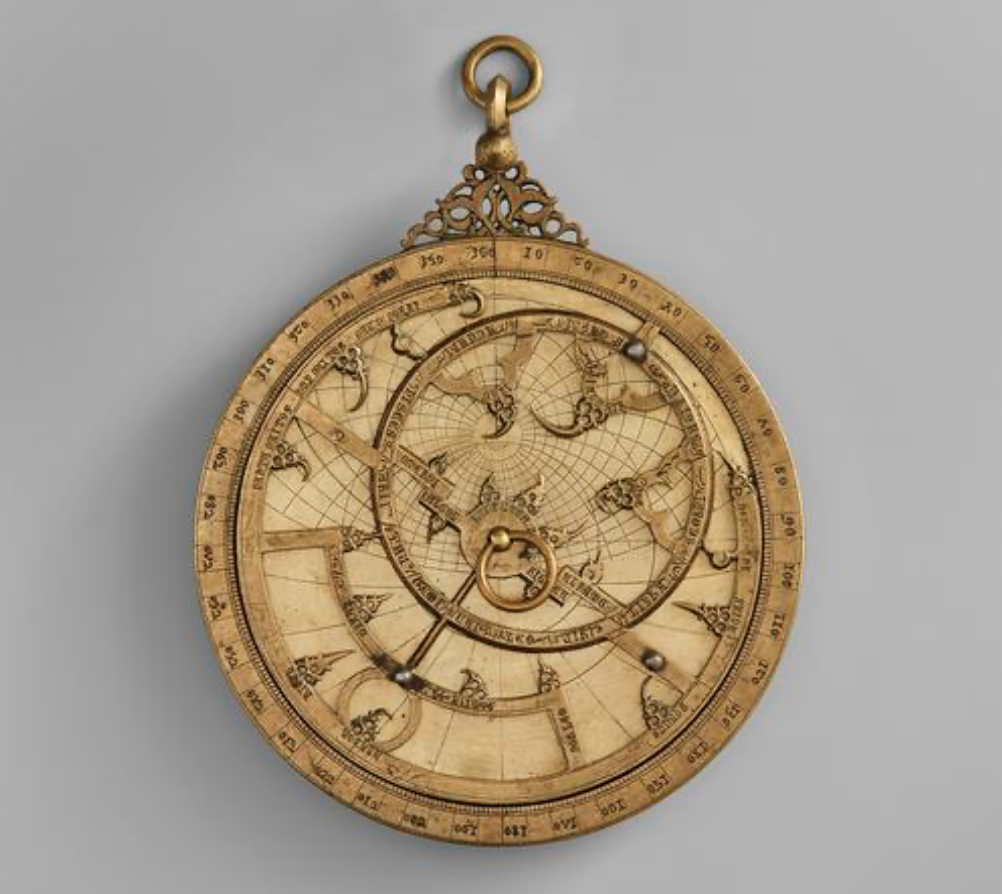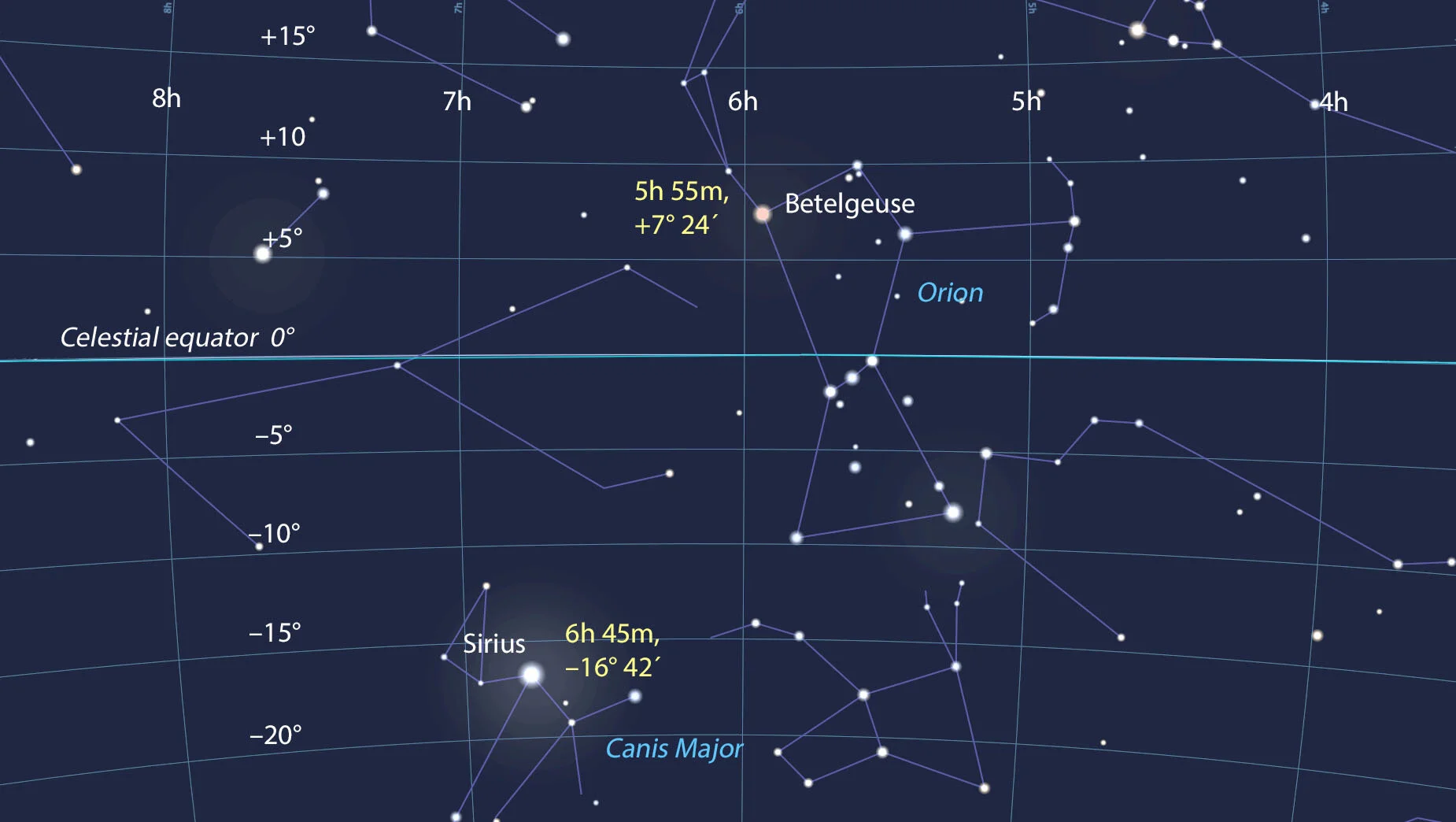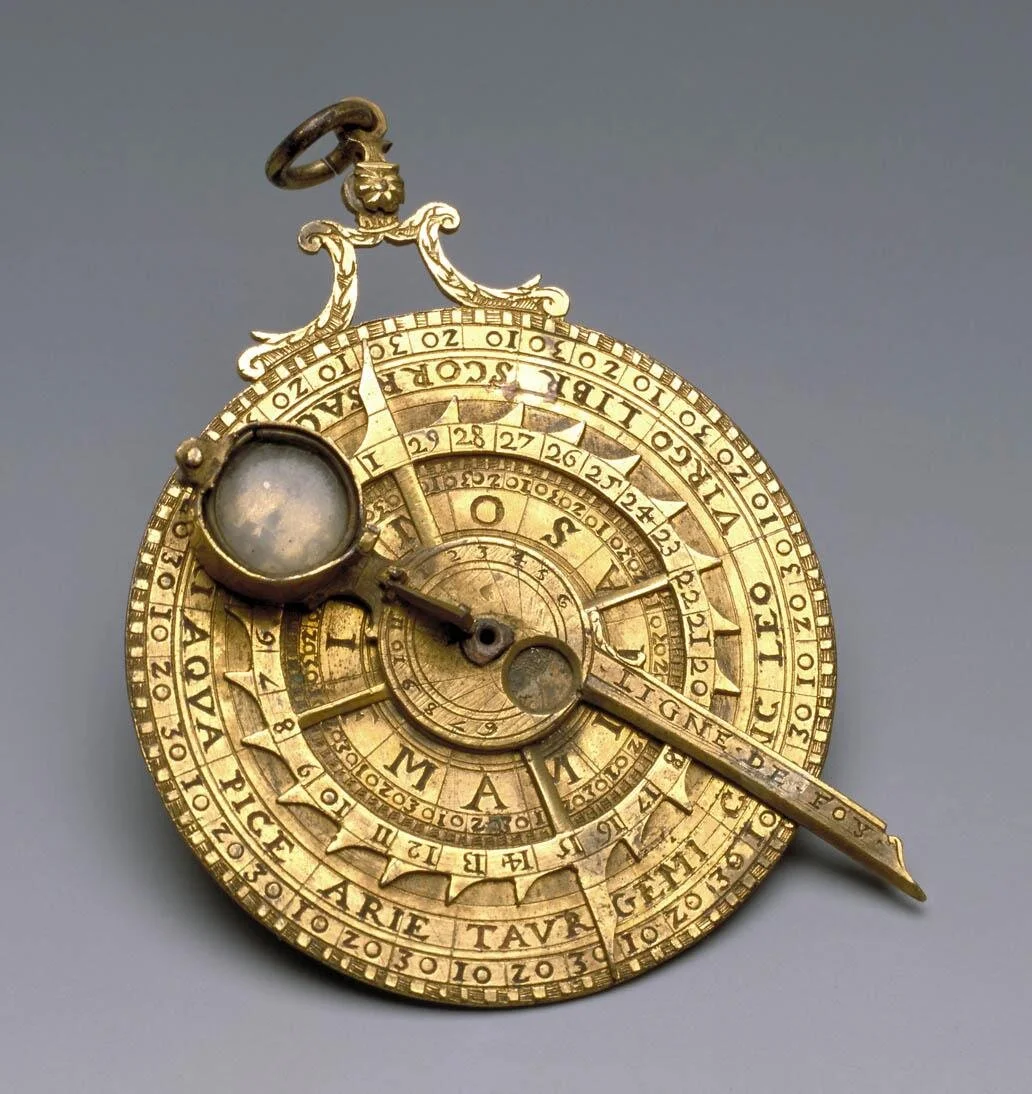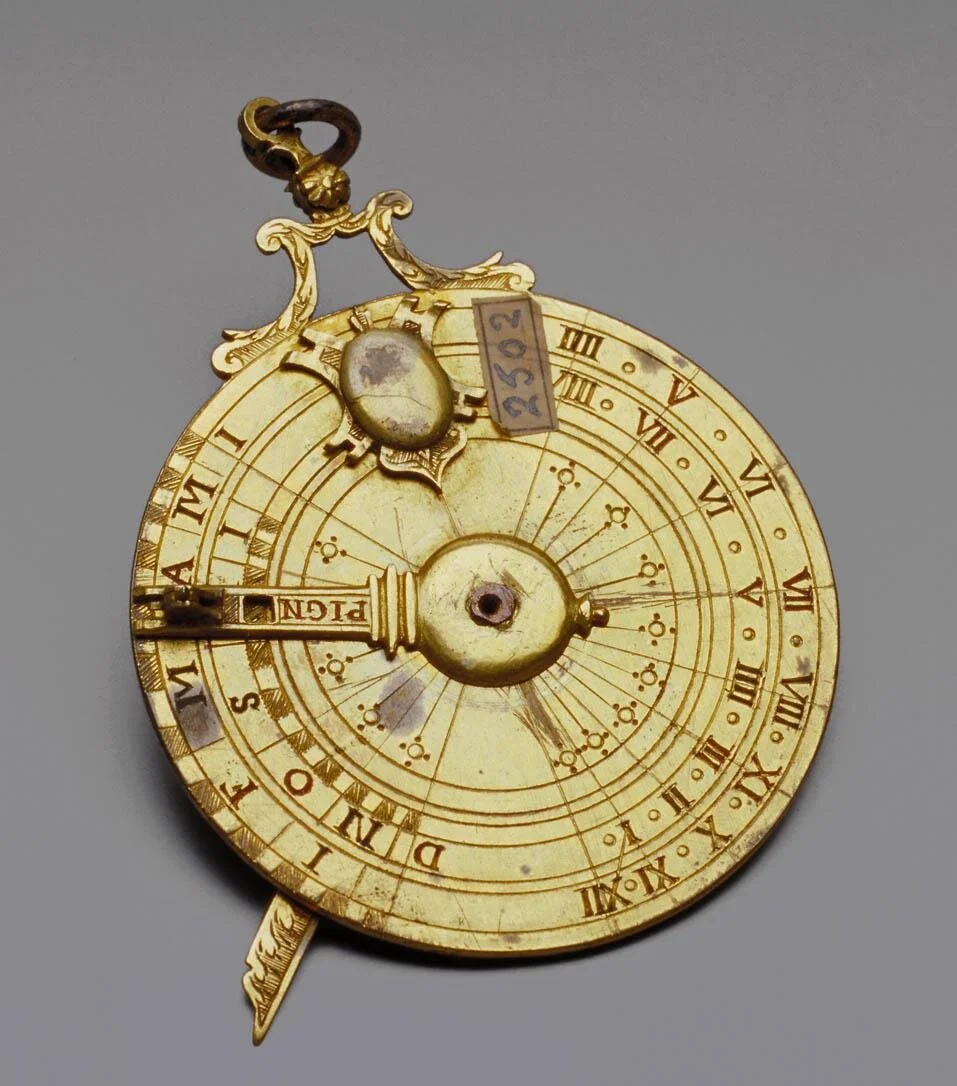Today, I researched…CELESTIAL MECHANISMS
Here’s what I found:
Saint Jerome in His Study, Jan van Eyck, Netherlandish, ca.1435. The Detroit Institute of Arts
https://www.dia.org/art/collection/object/saint-jerome-his-study-44739
https://commons.wikimedia.org/wiki/File:Jan_van_eyck,_san_girolamo_nello_studio,_detroit.JPG
1. Astrolabe
An astrolabe (Ancient Greek: ἀστρολάβος astrolabos; Arabic: Sitārayāb) is an ancient ستارهیاب :al-Asturlāb; Persian ٱ)َ ْسطُر"ب astronomical device that equates to a handheld model of the universe. Its various functions also make it an elaborate inclinometer and an analog calculation device capable of working out several kinds of problems in astronomy. Historically used by astronomers it is able to measure the altitude above the horizon of a celestial body, day or night; it can be used to identify stars or planets, to determine local latitude given local time (and vice versa), to survey, or to triangulate. It was used in classical antiquity, the Islamic Golden Age,[1] the European Middle Ages and the Age of Discovery for all these purposes.
https://en.wikipedia.org/wiki/Astrolabe
Planispheric Astrolabe, Spanish, 14th century
This little object made of bronze and silver—heavy in the hand and cool to the touch—speaks of a dynamic time in Spain’s history, when many advances in art, science, and mathematics were made. It is an astrolabe, used for finding the positions of stars and planets in the heavens in order to determine the time of day in a particular location. First developed by the ancient Greeks, the astrolabe was refined and improved by scientists working in medieval Islamic lands. Its primary function in Islamic societies was to find the times for daily prayer. By rotating the movable parts that indicate the relative positions of heavenly bodies, the user can determine exact times and distances on earth. It is also a fine example of the art of metalworking. This particular instrument is unusual among other astrolabes of the period due to the inscriptions on its surface in three languages: Latin, Arabic, and Hebrew. The presence of these three scripts reflects the social and cultural diversity of al-Andalus, medieval Muslim-ruled Spain.
Contemporary humans are surrounded by devices that inform us of the time of day; however, before mechanical clocks were in widespread use around the 17th century, the time was measured in unequal hours no matter how long or short the day or night actually were, and it was difficult to establish consistent prayer times. Each planispheric astrolabe—the most common type—has a series of plates showing the sky at a specific time and place. The four plates of this instrument are for Mecca, Jerusalem, Algiers, and Reims, France.
— Patricia Bentley
https://agakhanmuseum.org/collectionslabel/2-ad-planispheric-astrolabe-akm611
Celestial Coordinates for Beginners
https://skyandtelescope.org/astronomy-resources/right-ascension-declination-celestial-coordinates/
2. Nocturnal
The nocturnal consisted of two concentric plates of brass or wood, the larger divided into twelve equal parts corresponding to the months of the year, the smaller into twenty-four parts corresponding to hours of the day. By lining up a sighting mechanism with Polaris or certain stars in Ursa Major or Ursa Minor, the user could determine the time of night with reasonable accuracy.
https://www.nps.gov/fora/learn/education/navigation-and-related-instruments-in-16th-century-england.htm
A nocturnal is an instrument used to determine the local time based on the relative positions of two or more stars in the night sky. Sometimes called a horologium nocturnum (time instrument for night) or nocturlabe (in French and occasionally used by English writers), it is related to the astrolabe and sundial. Knowing the time is important in piloting for calculating tides and some nocturnals incorporate tide charts for important ports. The earliest image presenting the use of a nocturnal is in a manuscript dated from the 12th century.
https://en.wikipedia.org/wiki/Nocturnal_(instrument)
Nocturnal, French, ca.1600
Dial consisting of a disk engraved on both sides. The recto bears markings for the zodiac signs, months, and days. On it rotates a circle divided into 29 parts and carrying two indexes; on this circle is a small rotating disk fitted with a gnomon, a compass, and an index with the French inscription "Ligne de foy" [line of trust]. On this side the instrument could be used either as a sundial or a nocturnal. The verso carries the hour lines and a small tilting gnomon. There is a suspension ring. The inscriptions in French and the word "Pign" engraved on the index suggest the instrument was made by a craftsman named Pineau, on whom we have no information. Probable provenance: Medici collections
https://opac.museogalileo.it/imss/resource?uri=16023&v=l&dcnr=7
Comprehensive overview of the Solar System. The Sun, planets, dwarf planets and moons are at scale for their relative sizes, not for distances. A separate distance scale is at the bottom. Moons are listed near their planets by proximity of their orbits; only the largest moons are shown.
3. Orrery
An orrery is a mechanical model of the Solar System that illustrates or predicts the relative positions and motions of the planets and moons, usually according to the heliocentric model. It may also represent the relative sizes of these bodies; however, since accurate scaling is often not practical due to the actual large ratio differences, a subdued approximation may be used instead. Though the Greeks had working planetaria, the first orrery that was a planetarium of the modern era was produced in 1704, and one was presented to Charles Boyle, 4th Earl of Orrery – hence the name. They are typically driven by a clockwork mechanism with a globe representing the Sun at the centre, and with a planet at the end of each of the arms.
https://en.wikipedia.org/wiki/Orrery
George II’s Grand Orrery, British, 18th century
Large orrery on pedestal base with with gilded horse head decorations beneath the calendar ring and glazed cover, original maker unknown, enlarged by Thomas Wright, Fleet Street, London, 1733. Inscribed 'All the Machinery of this instrument was made new in 1733 by Tho Wright Instrument maker to His MAJESTY GEORGE II'.
The original orrery on which the enlargement was made measured three-feet in diameter and the maker is unknown. Thomas Wright, a mathematical instrument maker, made such extensive modifications to this orrery in 1733 that it has since been referred to as 'Wright's Grand Orrery'. It was enlarged for King George II, George III's grandfather, to include all the then known planets: Mercury, Venus, Earth, Mars, Jupiter (with its four moons) and Saturn (with five of its many moons) in addition to the Sun and the Moon.
https://collection.sciencemuseumgroup.org.uk/objects/co537727/george-iis-grand-orrery-orrery-planetary-motion-model







